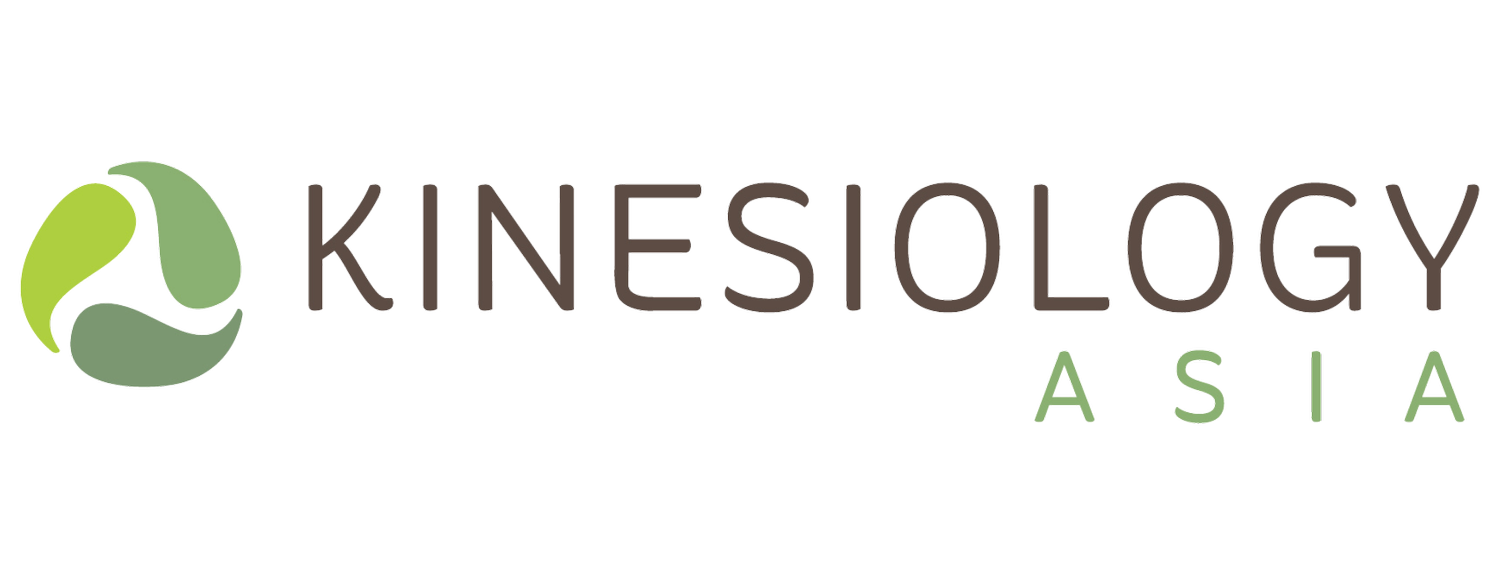
Kinesiology session.
Kinesiology is a natural holistic therapy.
It is a non-invasive healing modality that integrates knowledge and techniques from Western and Eastern medical and holistic health disciplines to promote physical, mental and emotional health. Originally developed in the 1960s, kinesiology draws on the 'triad of health' model, recognising the inextricable relationship between physical, psychological and energetic dimensions, and in particular, the effect that stress has on the body.
Stresses in the body can be reflected through a nervous system response, which affects the muscle response being tested. This testing can identify factors that may be affecting the energy flow, which in turn may affect the
body’s ability to heal or perform optimally.
The goal of a kinesiology session is to identify stressors that may be affecting the body in various ways. Such stressors can be many and varied. Muscle response testing can help find the stressors and the ways to resolve them, usually resulting in the body optimising healing and/or performance. The session usually involves some acupressure, reflex points, light and sound therapy, and counselling. Both in-person and online sessions are available. After a session most people feel more relaxed, energised, and empowered to resolve issues affecting their health, happiness and well-being.
How does it work?
Online Session.
Got a hectic schedule and can't make it to our clinic? No worries! You can easily have remote sessions via Zoom, FaceTime, or phone.
-
Yes, they do!
We are all energetic beings that vibrate at certain frequencies and everything around us is energy too.
In quantum physics, thoughts, emotions and even things that look solid to the naked eye are made up of vibrational energy fields. We are ‘one consciousness’ and all beings are interconnected.
Therefore when integrating kinesiology, the practitioner uses their muscle as a surrogate. This means the practitioner muscle tests on your behalf. For those who have been in the in-person sessions, when you fall asleep on the treatment table, the practitioner continue to work on you through testing their own muscle. This gives the practitioner the same insights regardless of whether you are next to them or not. Whenever possible, you will touch certain Acupoint together with the practitioner, or the practitioner does it on their body on your behalf.
-
We first establish what you would like to focus on and build a clear picture of the current block or stress.
The practitioner then muscle tests the best process to use during your session. This may involve (but not limited to) a coaching process, a meditation, holding points on your body, using tuning folks for sound and tapping or palming your chakra.
Remote sessions transcend spatial boundaries and give the same efficacy of support (as you come in person). They provide you another option to accommodate your lifestyle.
Who can benefit from Kinesiology?
By accessing stresses and imbalances in the body and utilising non-invasive techniques, kinesiology can benefit:
Allergies and sensitivities
Anxiety and depression
Athletic performance
Autoimmune
Cardiovascular, digestive, immune and respiratory conditions
Chronic fatigue, chronic pain
Detox and nutritional support
Environmental toxicity
General maintenance
Goal setting
Hormonal imbalances
Insomnia and sleeping issues
Learning disorders
Limited range of movement
Negative or self-limiting thoughts and patterns
Phobias
Psychosomatic disorders
Reproductive health
Skin problems
Work stress
Trauma
Kinesiology’s effective results come from the way it works with the body’s innate healing intelligence to restore balance and health to neurological and physiological function. Through this modality, profound changes may be experienced emotionally, mentally and physically, thereby increasing a person’s health and overall wellbeing.




